Clean where there is no litter: 6 best ways to drill a wall without litter
Content:
There are several ways to drill into a wall or ceiling without getting the floor dirty or inhaling dust. And if some of them require capital investments (the amounts vary from five rubles to about five thousand), then others will be absolutely free.
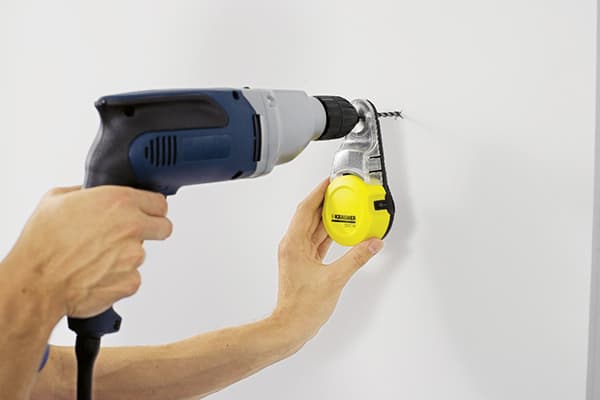
Industrial methods of dust protection
You can buy a dust collector at any store that sells power tools and building materials. However, it only makes sense to go there in two cases - if such a device is needed urgently and if a person wants to become the owner of branded accessories. Those who are not in a hurry and prefer to save money should explore the assortment of Chinese trading platforms like Aliexpress - similar devices are sold there at a price that is five or even ten times cheaper.
Vacuum dust collector
This device comes in two types:
- Mounted on a wall or ceiling - under the influence of suction force, it reliably “sticks” to any surface, even textured, and stays there as long as the vacuum cleaner is turned on. It has a hole in the middle through which a drill or crown passes (by the way, the diameter of the hole can vary, but for household needs 6–7 cm is usually enough).
- Mounted on a drill or drill - initially placed as close as possible to the drill head, and as drilling moves towards the body. The disadvantage of such dust collectors is that debris can still spill onto the floor, albeit in small quantities. However, one cannot fail to mention their advantage - such devices can be used even if you have to drill into a wall in hard-to-reach places.
By itself, such a dust collector will be a useless toy. A prerequisite for its operation is the presence of a powerful vacuum cleaner connected to a special connection. You can drill once or twice using the same vacuum cleaner that is used to clean the apartment, but for regular use it’s worth getting a “Rocket”, “Whirlwind” or “Buran”. The fact is that fine dust seeps through the filter system and settles in the engine. Modern specimens cannot withstand long and burn out, but the old Soviet monsters are almost indestructible.
Self-adhesive bags
They have a number of advantages:
- They are relatively cheap, so they are ideal for those who use a hammer drill only occasionally.
- Doesn't take up space in your toolbox.
- Transparent, so they do not interfere with the view.
- Completely prevents dust from getting onto the floor.
- There are options for both a regular drill and a hole saw.
- Despite the fact that they are considered disposable, after the first use they retain their adhesive properties and can be reused (you just need to empty out the debris that has accumulated inside).
The only disadvantage of such packages is that they are completely unsuitable for drilling ceilings and other horizontal surfaces.
Drill bit
It looks like a cone that fits onto a drill.At first it is straightened out to its full length (the wide end rests against the wall, and the narrow end rests against the body of the drill), but as the drill moves deeper into the wall, it folds like an accordion. When using a drill with a long shank, you have to press the bit against the wall with your hand, which can be inconvenient.
Drilling without debris: DIY devices
Just 10 or 15 years ago, when drilling walls and ceilings, builders had to either breathe dust (which is very bad for the respiratory system) or dodge, coming up with new options for dust collectors. Such homemade products are still in use today - professionals no longer use them, but for ordinary people who need to hang a picture or shelf every six months, this is a real way to keep their apartment clean.
Envelope
You can buy it at the post office or glue it from a sheet of paper. The only requirement is the shape: the envelope should be like the good old days, with a flap on top, not on the side.
Next you need to modify the product:
- Reduce valve height (if necessary).
- From the inside, stick a strip of masking tape or electrical tape onto the valve so that it protrudes beyond the paper. This will then allow you to attach the envelope to the wall. You cannot use regular tape - it will stick tightly to the wallpaper, come off along with the paint, or leave a dirty sticky mark on the surface.
- The back of the envelope (it will be directed into the room) is bent slightly vertically so that the envelope is slightly open - garbage will fall into this gap.
The envelope will be usable until it breaks.
Analogues of drill bits
There is every reason to believe that the drill attachment mentioned above was made based on the dust collectors that our fathers and grandfathers used. To make such homemade products, everything that came to hand was suitable:
- plastic or paper glass;
- half a rubber ball;
- cut bottle or tin can;
- cake box lid.
The algorithm for their use did not change - a hole was made in the bottom along the diameter of the drill, an improvised dust collector was put on so that its open part was directed towards the wall or ceiling, and the necessary work was done. At the end, the garbage was carefully shaken out.
By the way, the ball and cake box are ideal for drilling ceilings.
Vacuum cleaner
- This method is a close relative of the vacuum dust collector, but instead of a special device that is mounted on the wall, you will need a spare pair of hands. In order not to stain the wallpaper and floor, you cannot do without an assistant - while one person operates the hammer drill, the second holds the vacuum cleaner hose (the brush is first removed from it) as close as possible to the place where the drill enters.
Do not forget that frequent use of this method may lead to the purchase of a new vacuum cleaner, since construction dust has a detrimental effect on the engine, and filters are not able to retain it.
These few methods, which allow you to avoid cleaning after drilling walls, are the most common, but the list of possible options is not limited to them. You yourself can come up with another option using what you happen to have lying around at home. Write your ideas in the comments!
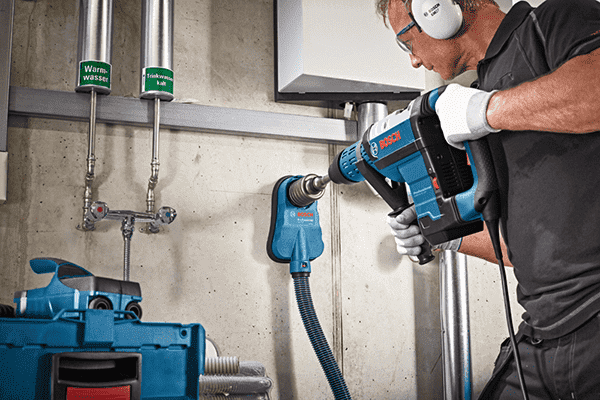
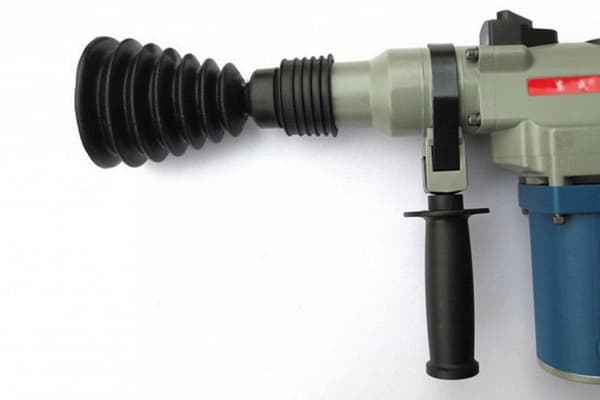
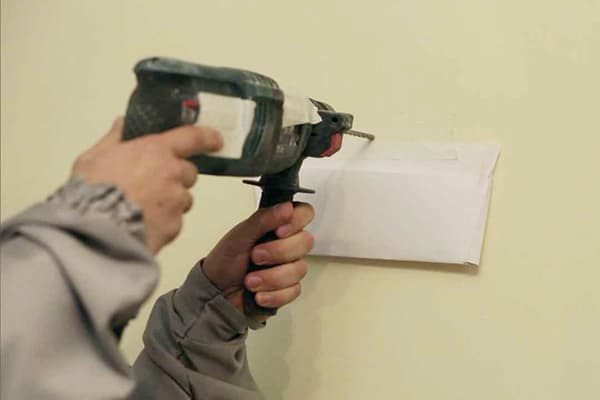
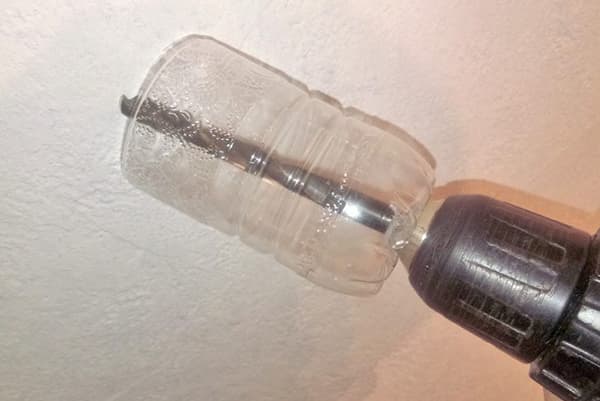
Interesting ways. Of course, there is no point in buying expensive industrial nozzles if you occasionally drill one or two holes at home. I usually either hold the vacuum cleaner next to the drill myself, or ask my wife or son to hold the vacuum cleaner while I drill. But here it was necessary to drill in a very inconvenient place and there was no one at home. As a result, I put on a plastic cup, as the article says, and almost all the garbage collected in it. Thanks for the tip.